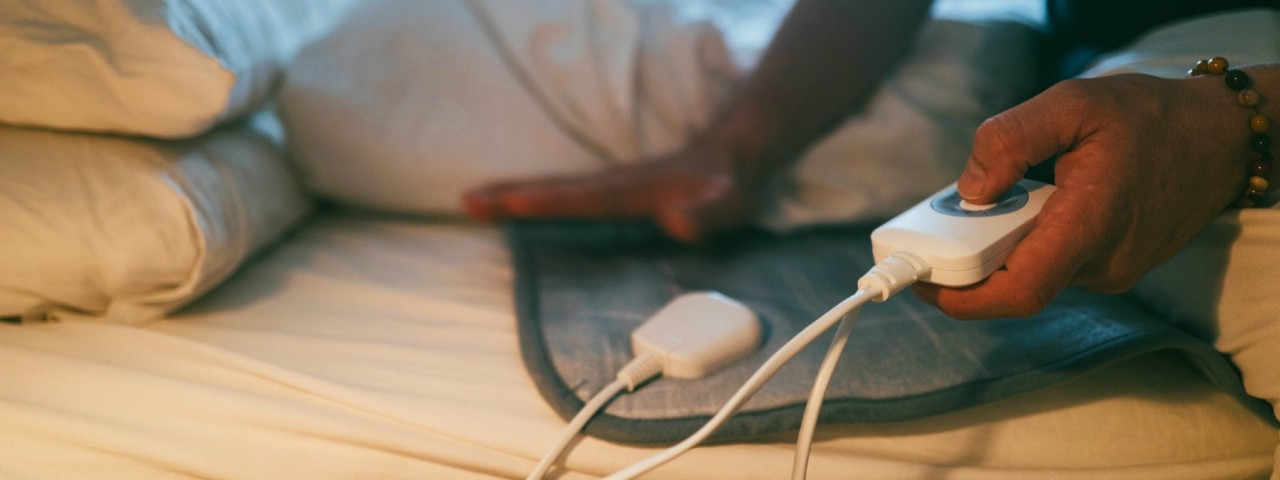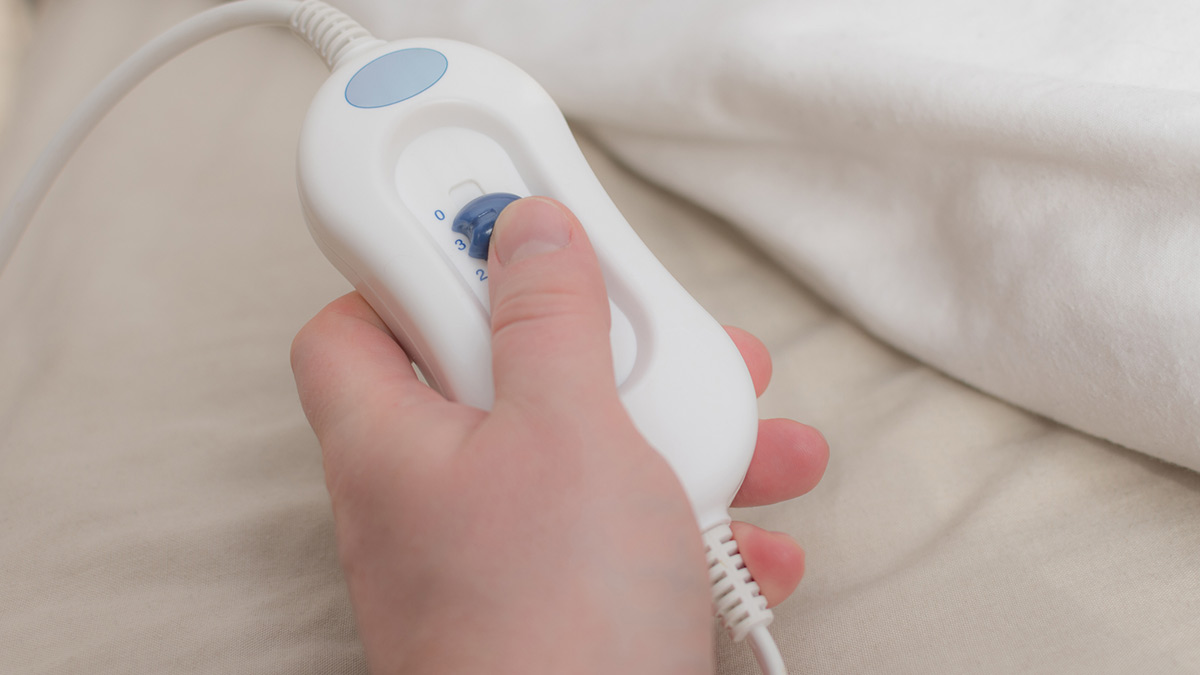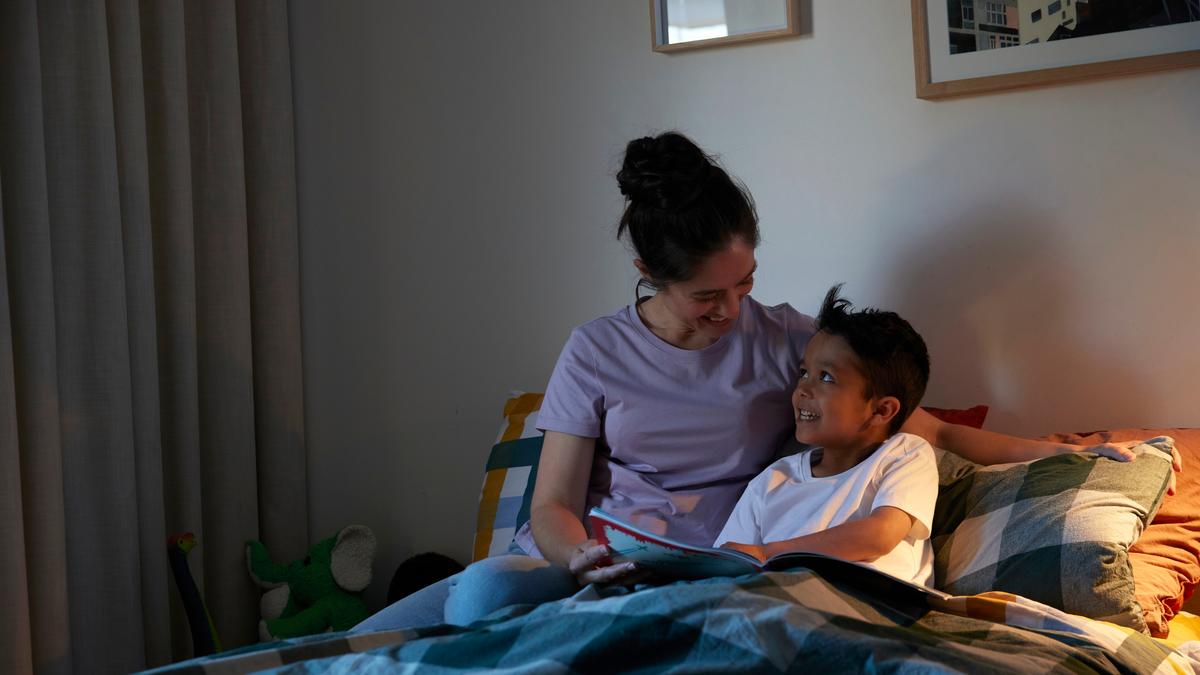Regular maintenance keeps your home cosy and warm in winter, and helps reduce heating bills and prevent potential damage caused by harsh weather conditions.
Are electric blankets safe? How to use them in your home

Learn how to use an electric blanket safely so that you can keep warm and minimise any risks to your home and family this winter.
Electric blankets present a handy and relatively economical way to stay warm during chilly winter months but the common household appliance isn’t without risks.
Here's what you need to know about using an electric blanket safely, plus what to do with your electric blanket if it's no longer safe to use.
In this article

Check your electric blanket for damage every time you take it out of storage. Photo: Getty
How safe are electric blankets?
Modern electric blankets that are in good working order are generally quite safe. It’s only when they get worn-out or break that they pose a safety risk.
Potential hazards resulting from damaged or worn out electric blankets include electric shock, electrocution, power disruptions, product failure and even fire. It's recommended that each bedroom in your home has a smoke alarm and that you conduct monthly tests to ensure the alarms are working.
Electric blankets are also subject to safety regulations under the Australian Competition and Consumer Commission (ACCC).
The commission identifies products that can cause injury or death, and issues product recalls when an item is found not to meet the commission’s standards.
A number of electric blankets have been recalled over the years, which you can check via the ACCC website.
If your model of electric blanket is on the recall list, you should stop using it immediately, and return it to the place of purchase for a refund.
Using your electric blanket safely
Product Safety Australia recommends storing your electric blanket rolled up (instead of folded). After taking it out of storage you should check the blanket to ensure it's in good working order before using it again.
You can do this by placing it flat on your bed then checking that there is no frayed fabric, exposed elements, damaged cords or scorch marks.
If you find damage, the blanket should not be used by you, or anyone again. For that reason, the best thing you can do is unplug the blanket and cut the power cord to put it out of commission for good. Electric blankets are classified as e-waste and should be disposed of through a proper e-waste disposal outlet or service.
Product Safety Australia as well as the Country Fire Authority also advise that you don’t leave electric blankets on while sleeping. Instead, turn the blanket on 30 minutes before you plan to go to bed and turn the blanket off as you get in.
Other safety measures include obeying all manufacturer’s instructions that came with your blanket, never buying electric blankets second-hand, fitting your blanket flat and tight across your bed, and not storing it under heavy items (which can damage wires).
People who are pregnant or have diabetes are advised to check with a medical professional before using an electric blanket. People who are sensitive to heat or prone to dehydration (such as people who are elderly, frail or living with certain disabilities) should also avoid using electric blankets.

With regular safety checks and precautions, electric blankets can be used for children, but they're not recommended for babies
Are electric blankets safe for children?
Modern electric blankets are generally safe to use for children, including children of bed-wetting age, as they come protected with plastic coverings over the wires. However, as electric blankets are usually stored for long periods of time over the warmer months, this can lead to degeneration of the wiring – so even if you have bought one recently, check it for damage before using.
Parents should make sure the power outlet is far enough away from the bed to ensure liquids can't travel the length of the cord and cause outages.
For parents of young children who are known for deep sleeping, make sure the electric blanket is turned off before they go to sleep to avoid over-heating during the night. While burns or harm of that nature are very unlikely, dehydration and overheating are potential risks.
Electric blankets are not recommended for babies. Opt for a well-fitted sleeping bag with a suitable Thermal Overall Grade (TOG) rating instead.
How much does it cost to run an electric blanket?
Electric blankets are an effective way of warming up your bedding and making it cosy before you hop into bed. Energy Australia estimates it costs about four cents an hour to run an electric blanket compared with 15 cents an hour for some space heaters. It's recommended that you turn your electric blanket on for about 30 mintues before going to bed, then turn it off. This makes it safe to use and minimises the impact on your energy bill.
Other ways to keep warm
If electric blankets aren’t for you, there are other ways to stay warm during winter and while sleeping.
Use a thick quilt, comforter or blankets rated for winter temperatures. Flannel and fleece are two materials known for their ability to insulate and trap body heat and can be purchased as throw blankets, top sheets, fitted sheets, quilt covers, pillow cases and pyjamas.
Hot water bottles are another method of keeping toasty in bed, but you need to take safety precautions. Don’t use freshly boiled water. Let the water stand for a few minutes after boiling and then add, ensuring you fill the bottle about two-thirds full. You should also consider a cover for the bottle (or wrap it in a clean tea towel) to avoid direct bodily contact with the heat.
The information provided is general advice only. Before making any decisions please consider your own circumstances and the Product Disclosure Statement and Target Market Determinations. For copies, visit racv.com.au. As distributor, RACV Insurance Services Pty Ltd AFS Licence No. 230039 receives commission for each policy sold or renewed. Product(s) issued by Insurance Manufacturers of Australia Pty Ltd ABN 93 004 208 084 AFS Licence No. 227678.


